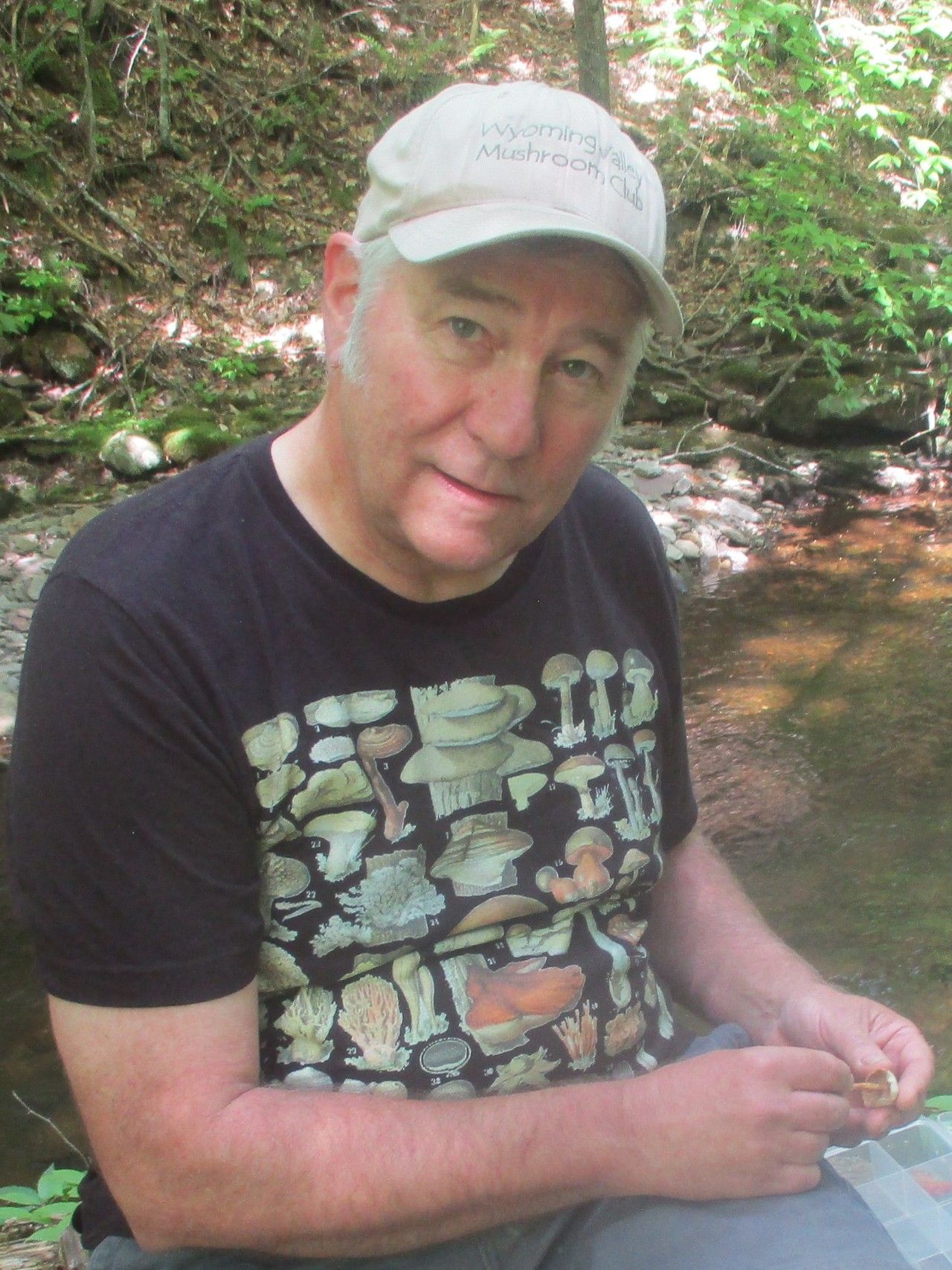I’ve been a mushroom enthusiast for nearly 40 years, at first concentrating on edible types, but I eventually came to realize that all mushrooms are interesting. In 2006 I discovered mushroom discussion on the internet and started making posts to Mushroom Observer with my first digital camera. I have submitted fungal collections to researchers, both professional and advanced-amateur.
It’s fun and interesting to pick mushrooms for science. For me the driving force behind the hobby is the thrill of the hunt, and expanding my own personal palette of what constitutes a great find just increases the fun. Plus, I get to feel like I’m part of something much bigger and more important than the singular enjoyment of a gourmet meal that features ingredients available only to a mushroom forager.
Back in 2017 was when I first heard about FunDiS (formerly North American Mycoflora Project). Involvement with FunDiS seemed like a good fit for me. On behalf of Wyoming Valley Mushroom Club I applied for a FunDiS grant to fund sequencing of our local fungi, and I was approved for 30 submissions. I used two different names for what I designated as FunDiS “subprojects”. (This eventually turned out to not be a good idea.) Since I had acquired an interest in genus Amanita -- via collecting and submitting for Rod Tulloss’s monumental project on the genus -- I decided to name one aspect “Amanitas of NE Pennsylvania,” and the other “Mushrooms of NE Pennsylvania''.
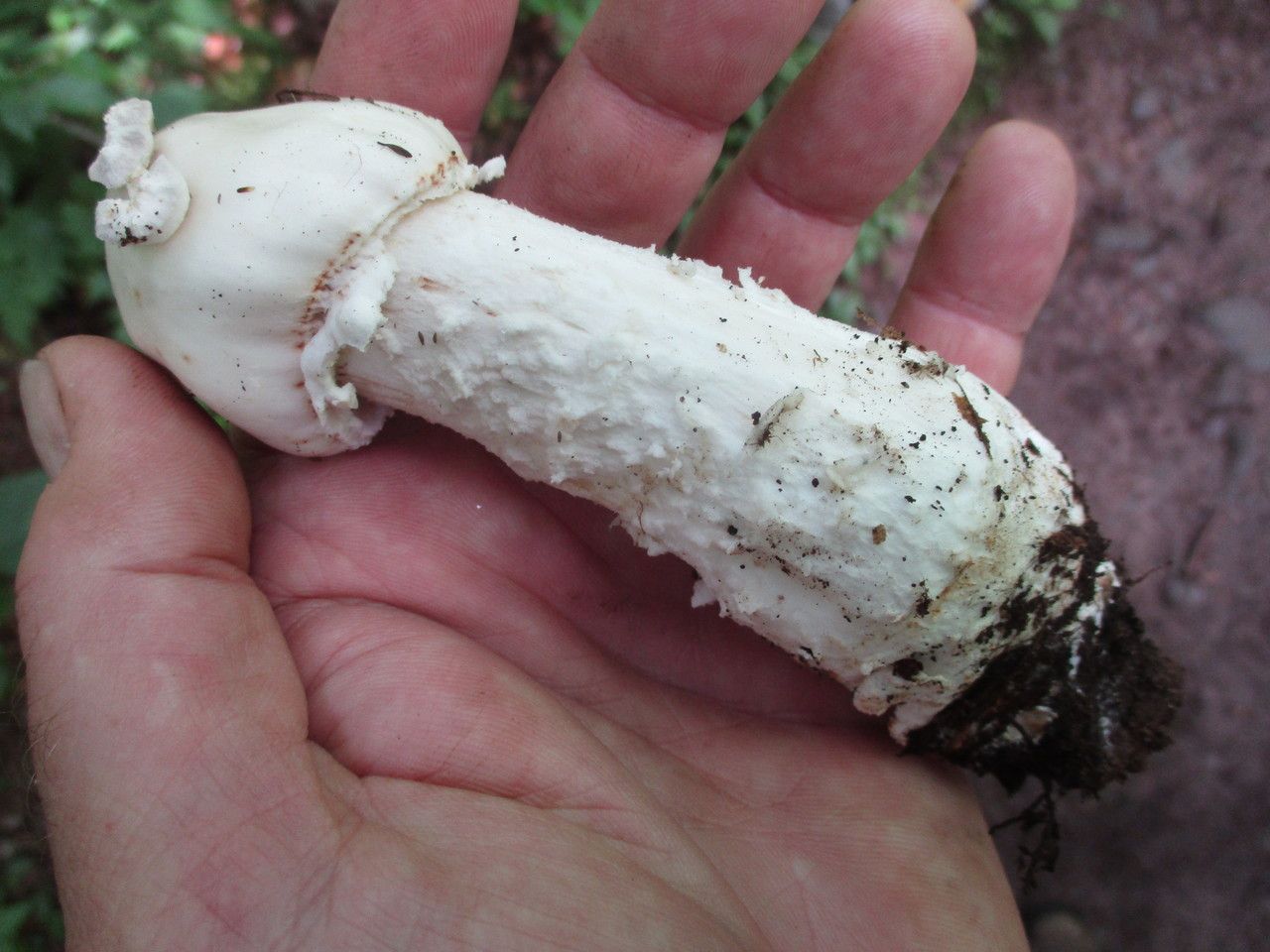
In the late spring of 2018 I received the materials for documenting FunDiS collections and preserving material earmarked for sequencing. This consisted of FunDiS ID tags similar to the type used at a NAMA foray, as well as 30 test tubes, each of which contained a preservative gel in which a sample could be submerged. Each ID label included a portion where the FunDiS number could be clipped off the bottom and then taped onto the appropriate test tube. Seemed simple enough.
I chose my FunDiS collections and samples to be sequenced according to criteria that made sense to me. First, since the project was based in northeastern Pennsylvania, I wanted to include mycorrhizal species, as these would best represent our perennial local flora. Second, I included material for which I was able to isolate context that was free of insect damage or contamination by bacteria or secondary fungal growth. Third, I chose observations that were supported with good photos. I am not what one may consider to be an expert photographer. But a $100 point/shoot digital camera can produce very nice results, especially when the photographer is willing to snap multiple photos of the same specimens using varying perspective, lighting, and quick-change settings. A typical summer foray for me results in 300-450 photos that are later evaluated for both visual and photo-documentary quality. Generally, about 10% of my mushroom photos get saved.
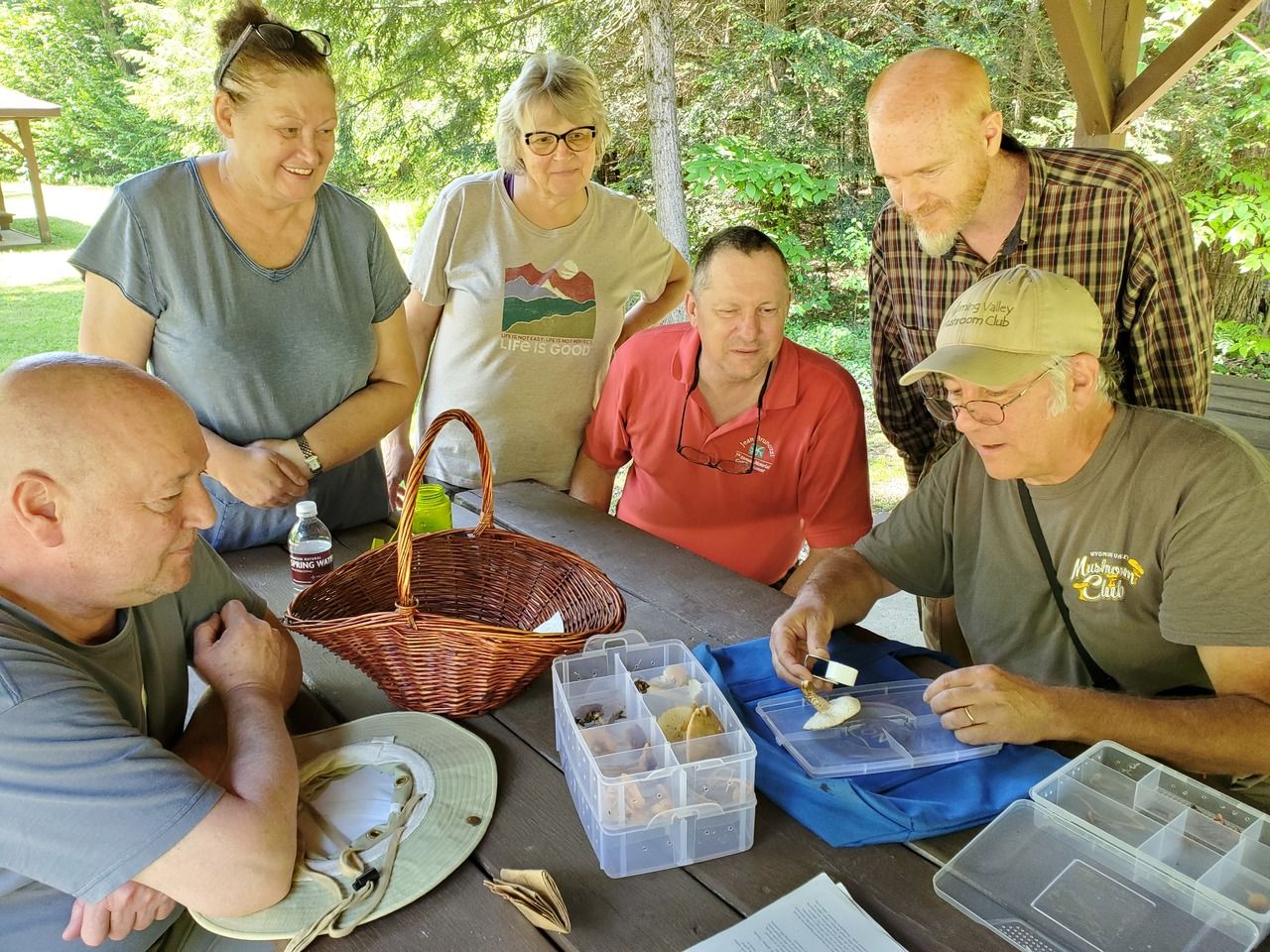
By late summer 2018, I filled each of the 30 test tubes and then sent them off to Vilgalys Mycology Lab at Duke University, which I had previously chosen as my preferred recipient of material earmarked for sequencing. The next task was to complete the paperwork necessary to insure that the dehydrated material would be accessioned to a legitimate herbarium. I had previously chosen the New York Botanical Garden (NYBG) for this purpose. At this point in time the emphasis shifted from photographing, collecting, preserving, and recording details on Mushroom Observer to conforming to the rigors of institutional science. For me, this was the beginning of an ongoing learning experience.
Previous to my participation in FunDiS I had submitted numerous fungal collections for study. But, after the material was passed on to the researcher, there wasn’t anything else I needed to do. Sending material to an herbarium required more than merely packaging, addressing, and mailing. I needed to follow a specific protocol as outlined within the 3+ pages of NYBG acquisition policy. This required that I create specifically formatted voucher labels as well as a spreadsheet with categories arranged according to NYBG specifications. Now, these tasks may seem trivial to anyone whose technological skills have suitably evolved. But, for a Neandertech like me... well, I needed some help. (Neandertech \ n: member of a rapidly vanishing subspecies of Homo sapiens characterized by fear of clicking on mysterious buttons, apprehension associated with categories seen in pull-downs, and prone to ape-like behavior when searching for a well-hidden icon.)
Thanks to my co-worker Nikki Gesiskie for teaching me how to create an Excel spreadsheet, and to my friend Igor Safonov for providing me with the specially formatted voucher slip he created for submission of his own FunDiS material to NYBG. And most of all, kudos to Barbara Thiers (Director of the Steere Herbarium NYBG) and Barbara’s assistant Laura Briscoe for their patience in answering my many questions (and addressing my occasional confusion). All but one of my 30 FunDiS submissions to NYBG have been accepted by the herbarium. (I’m guessing the one failure –a collection of Amanita albocreata—was perhaps not sufficiently dehydrated.)
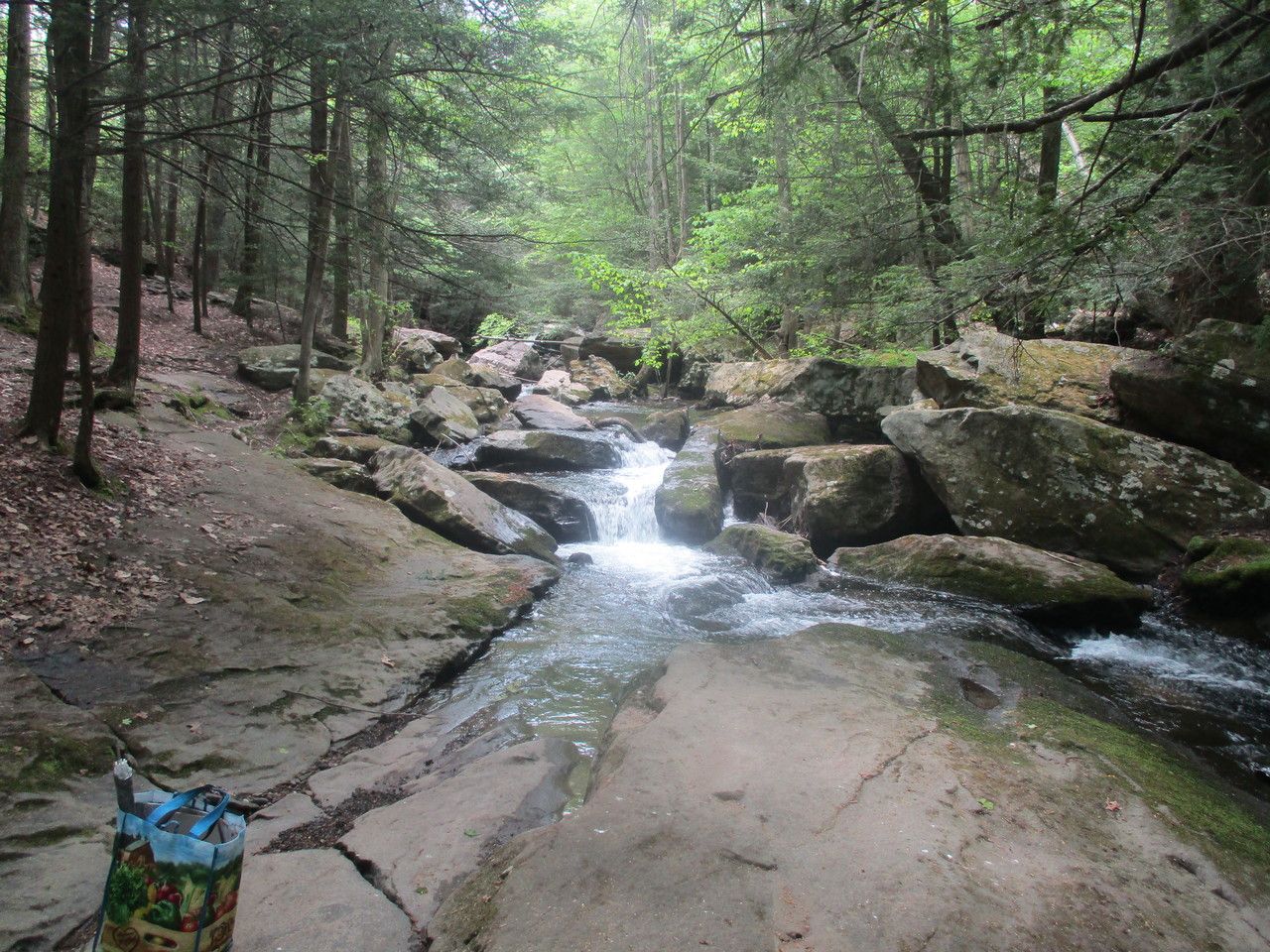
With my preserved samples sent to Vilgalys Mycology Lab and the dehydrated specimens properly documented and submitted to a bona fide herbarium, the next thing to do was to wait for sequencing results. These arrived in my email inbox in April 2019. Probably because there was some FunDis directive I had failed to read, I wasn’t quite sure what to do with the sequences and the Blast results. Was I supposed to submit to GenBank? Was I supposed to edit the sequences? Gaining an understanding of working with and interpreting DNA sequences was something that I had put aside as a post-retirement project.
Over the years Rod Tulloss had sent me documents regarding editing Amanita sequences, and Igor Safonov had attempted to tutor me on some of the basics of DNA. But, in my mind the Big Picture had not formed, and so, beyond reading the Blast results and the associated matching/coverage percentages, I was at a loss here. My academic background includes nothing from the natural sciences. Virtually everything I know about biology and chemistry comes from my learning about fungi, which does not constitute a comprehensive basis. Details about acids, proteins, and lipids are foreign to me. Eventually, I hope to get enough pieces of this puzzle into place to the point where I consider myself relevantly literate.
I got some good help interpreting the Amanita sequences from Rod Tulloss. Rod told me that I could post the sequences to GenBank. But, given the fact that these sequences were provided via a FunDiS grant, I felt like they didn’t actually belong to me. I greatly appreciate all the advice provided by Rod, but I thought it best to wait for FunDiS to become involved in editing. So, I just sat on them for a while. Eventually, sometime during March 2020 I got involved in a dialogue with Jean Lodge. Along with additional help from Rod and Igor, she helped make sense out of a good number of my FunDiS sequences. I was still unsure about my role in editing and posting to GenBank.
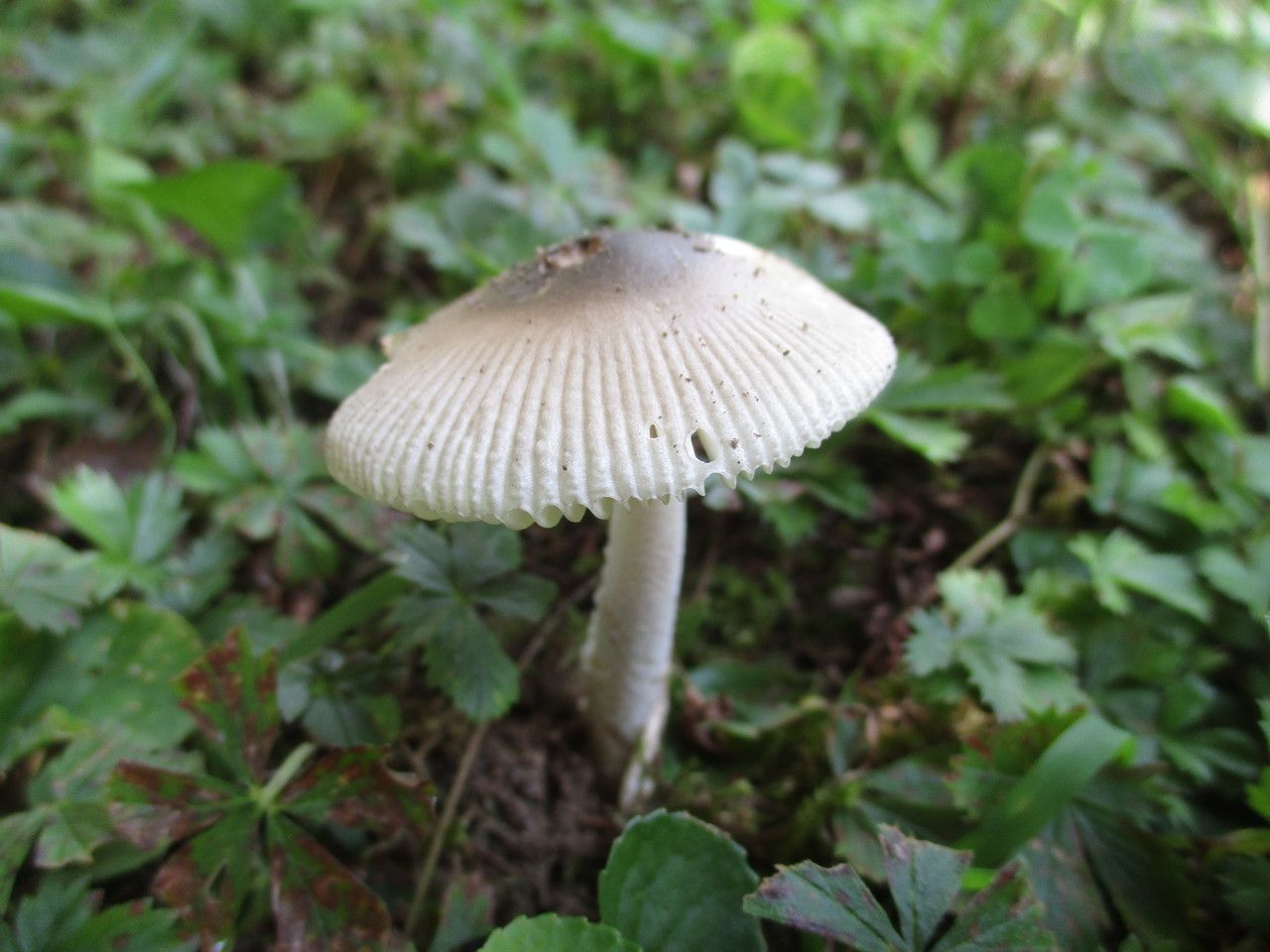
Then came Covid. Suddenly, I needed to completely relearn how to do my job, teaching mathematics to community college students. For over 40 years, “chalk & talk” had served me well (still my preferred method). Now I needed to become familiar with delivering instruction remotely. Uh oh... mysterious buttons, pull-downs, well-hidden icons. This was basically an all-consuming transition for me. And I spent a lot of time providing help to students who hoped to complete coursework over the following summer. The FunDiS sequences took a backseat to all of this.
In the meantime, a problem surfaced regarding the naming of my project. Having split the 30 collections between two subprojects, Amanitas and Mushrooms of NE Pennsylvania, resulted in confusion for administrative bookkeeping at FunDiS, because funding had been provided for only one project. A fair number of emails were required in order to get this straightened out. The two subprojects were ultimately conflated into a single “Mushrooms of NE Pennsylvania”. Thanks to Bill Sheehan for stepping up and helping with this.
Eventually, March 2021 came around. Time for the sequences to be submitted to GenBank. I had stored a few sequences I pasted into Word documents and “edited”; not sure if the edits were correct. There was some improvising on my part. I’m not sure how useful these sequences are. And I was still unfamiliar with the procedures for submission. I was contacted by Joanne Schwartz, who had accepted the task of gently easing a lost would-be community scientist like me back into the FunDiS fold. Joanne put me in touch with Jeff Stallman, who would help me get things in order for my FunDiS sequences to be submitted to GenBank. I started reading the FunDiS directives for submissions that were detailed on the website, created by Steve Russell.
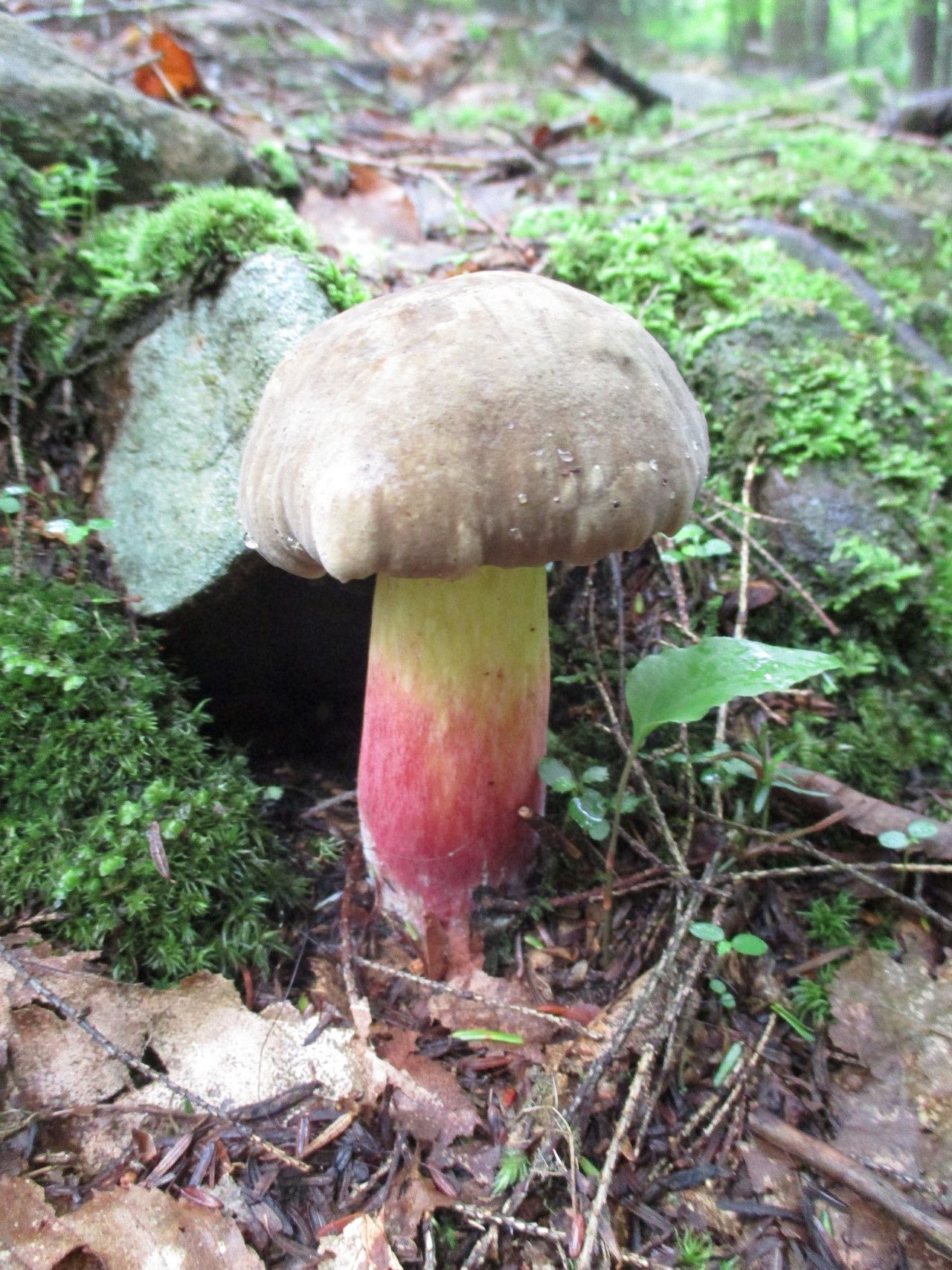
I found out that--among other things—I was supposed to fill in an NYBG/MyCoPortal accession code for each of the submissions. But, when I tried to save the NYBG codes, they didn’t stick. So, Jeff suggested that I organize the information onto a spreadsheet. Not surprisingly, there was some misunderstanding on my part. On my suggestion, Jeff kindly agreed to speak with me on the phone. We had a very nice discussion which resulted in my understanding how to bring this all together and finish the project. For me, filling in the spreadsheet was actually one of the more difficult aspects of the project. It took me pretty much all day from midmorning to dinnertime. And I later discovered a couple unfortunate errors. (I’m a bit dyslexic; slow reader, prone to keystroke errors.)
Well, my FunDiS sequences have been submitted to GenBank. Jeff told me I can eventually touch base with GenBank to correct the errors -- one missing digit and one other incorrect digit in the MyCoPortal codes. As per my discussions with Igor, I believe I can eventually get to the point where I know how to manipulate software that supports editing of sequences. Also, I have recently loaded Chromas onto my computer, a DNA sequencing software that allows me to see the raw data; long lines of peaks that look to me like graphs of trigonometric functions. Actually, seeing the raw data has brought me one big step closer to understanding how the “forward” and “reverse” reads contribute to an overall useful DNA sequence. It would have been better if I had successfully edited the sequences, with the edited versions being submitted to GenBank.
These are things I hope to master in the future: to get to the point where I am able to edit and submit sequences. I’m about to retire from my 40+ years as an educator. I’ll have more time to devote to understanding the technicalities associated with interpreting sequences, documenting collections, and submitting material or data. I’m hoping FunDiS provides me with another opportunity to better function as a community scientist. Up to this point there have been speed bumps and potholes along the road. In retrospect, I should have been a more proactive FunDiS student. But, at least now I have a much better idea of how to navigate through the world of institutional science and of what sort of work needs to be done in order to bridge the gap between mushrooms as a hobby and mushrooms for an herbarium.

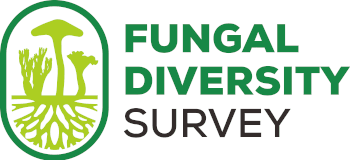

.jpg)
